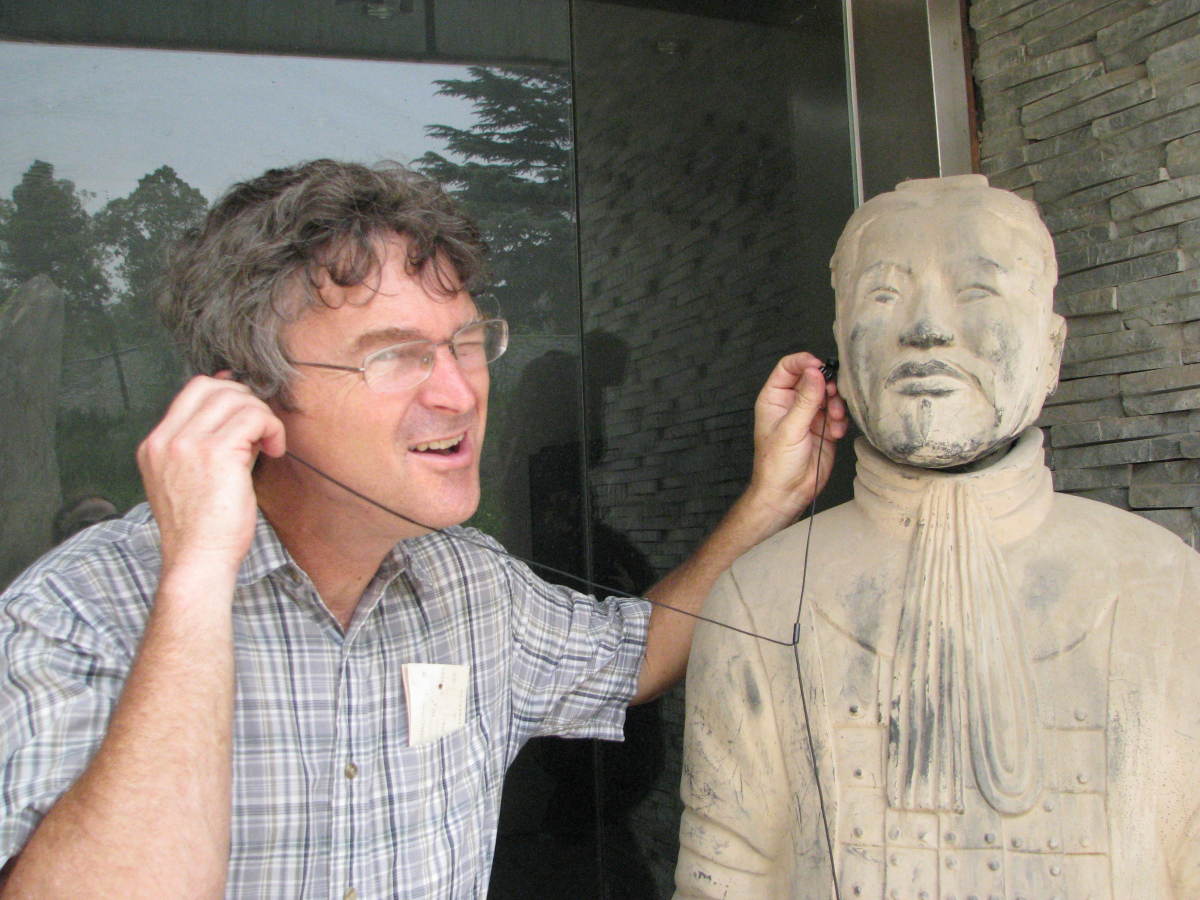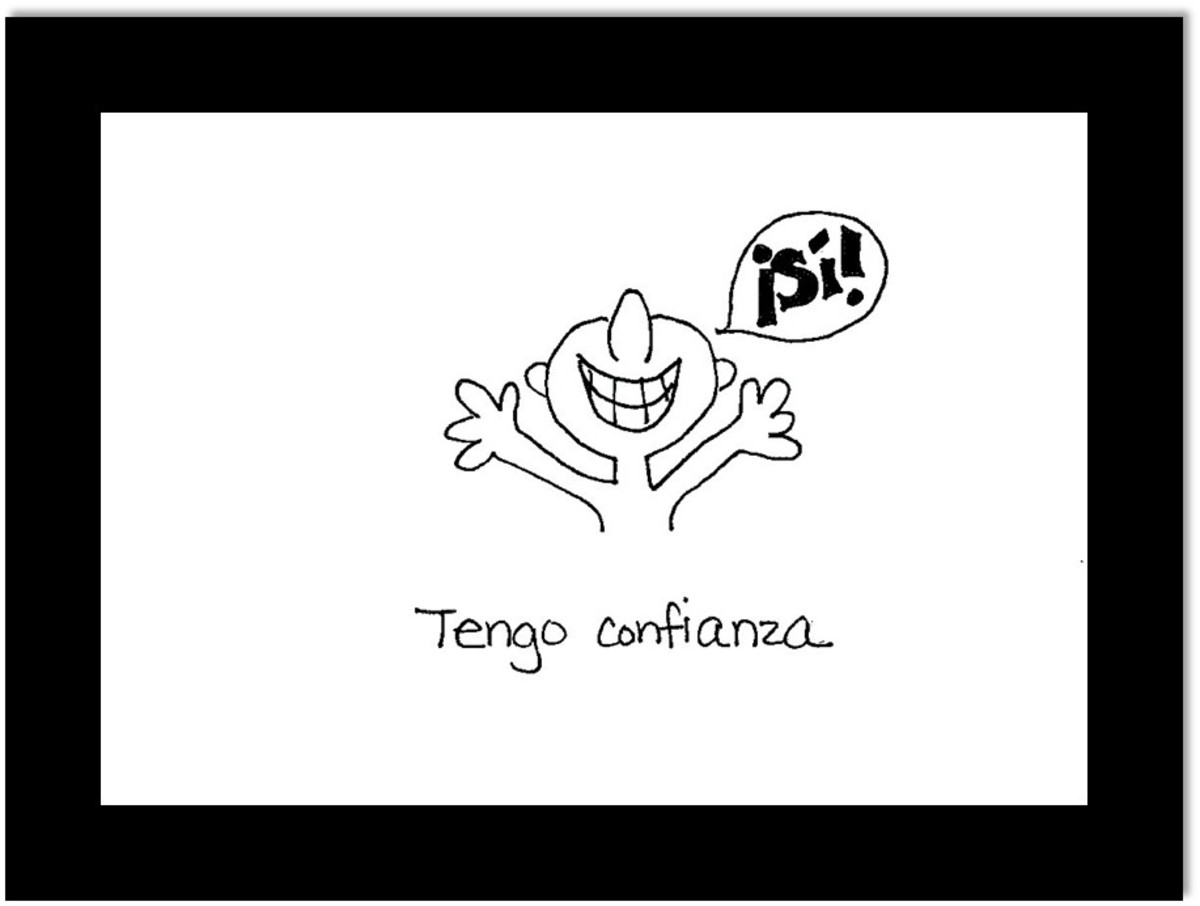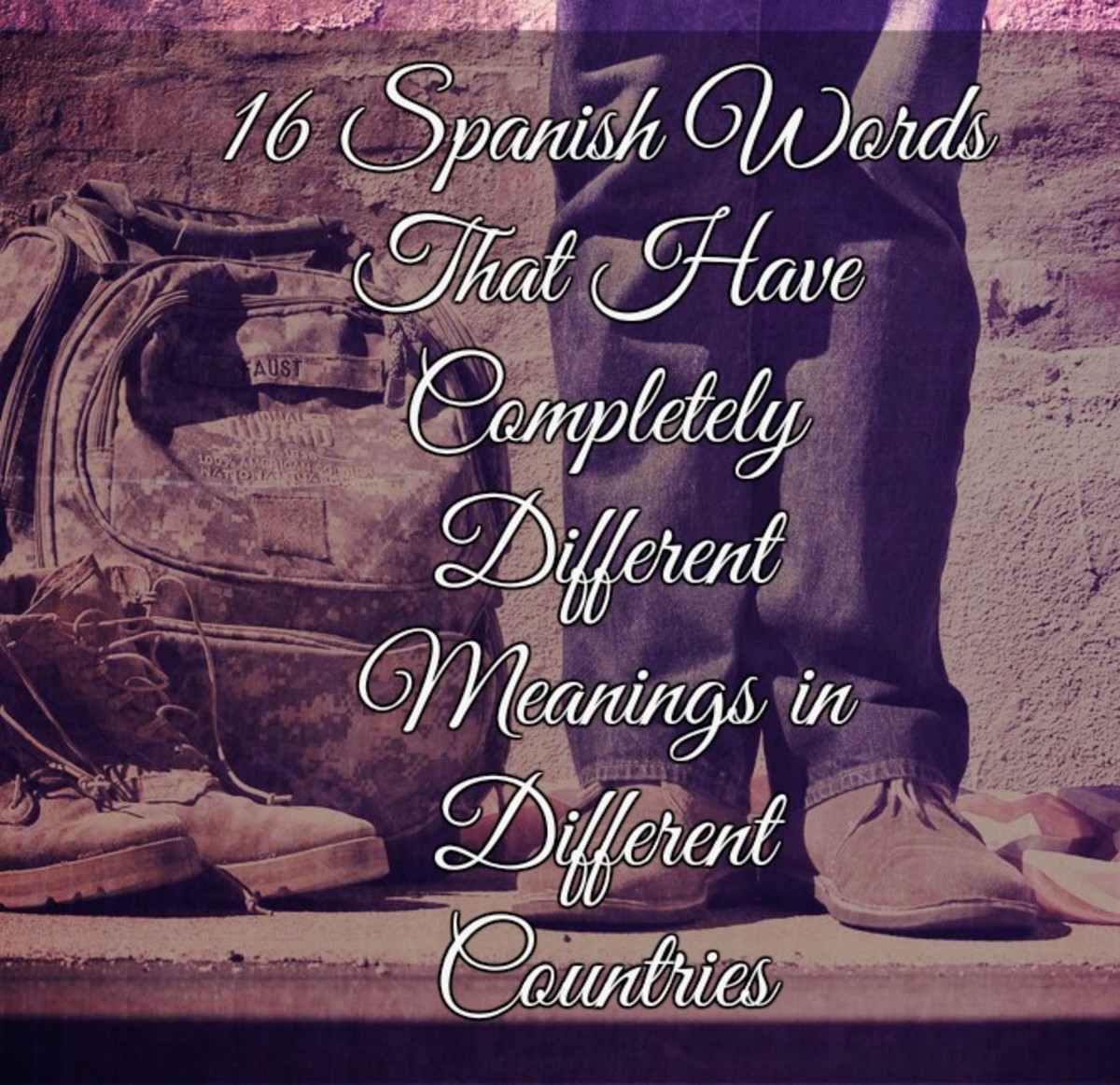Spanish Lesson Twenty-Four: Reflexive Verbs
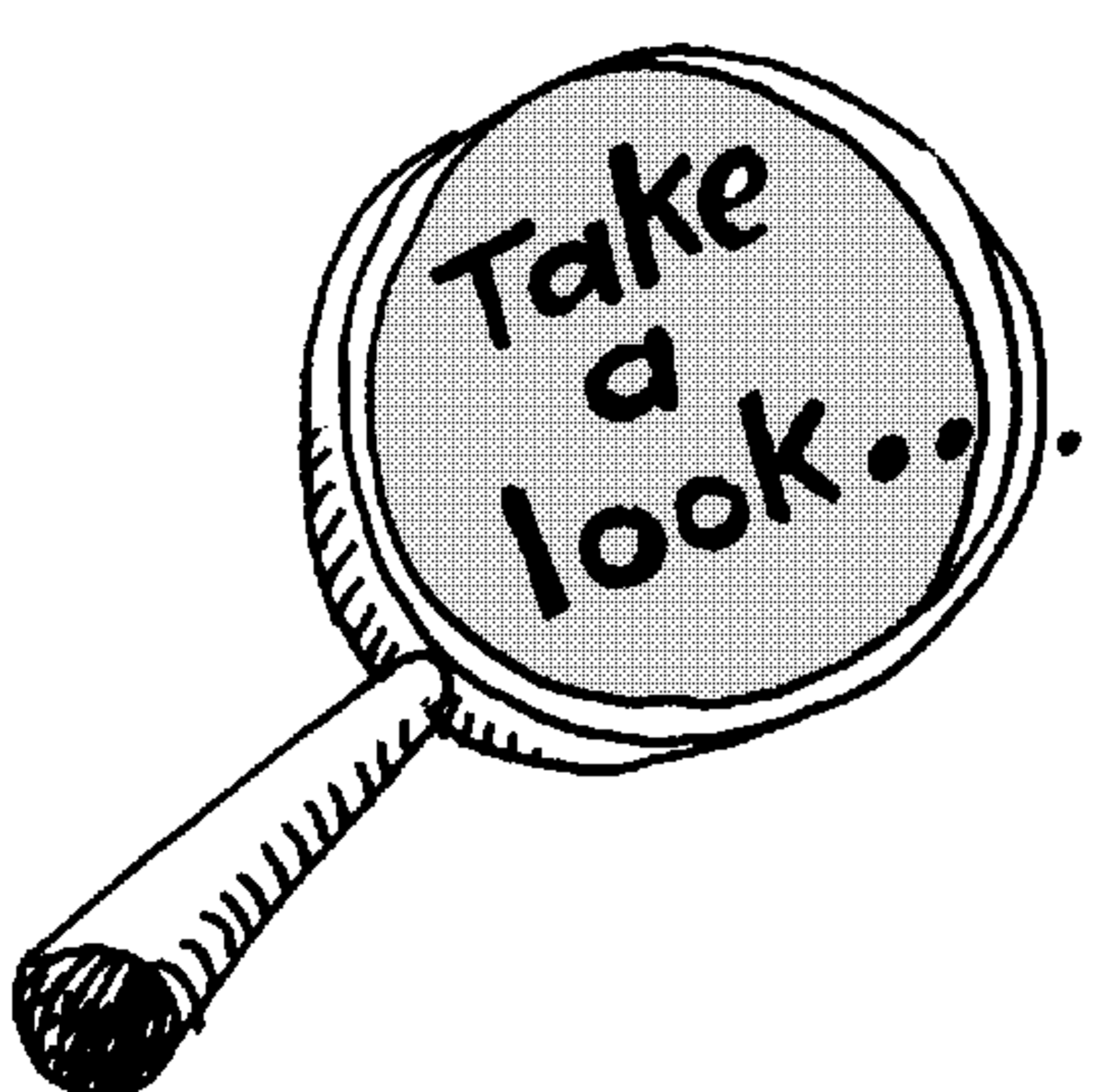
¡Bienvenido! Welcome! I hope you're here to learn! If you're coming in for the first time, start from the beginning with Lesson One. If you've been be following this whole time, I hope you're excited for this week's lesson. :). The weekend is here and now it's time to relax and read a good book. However, if you're like me, you'll want to learn some Spanish! lol. I use my Sunday to re-learn some things I've lost. Hopefully you all will regain that knowledge or learn it for the first time! Last week our Spanish knowledge grew even further by discussing Saying What You Like.
Remember, these lessons are designed for you to be able to go at your own pace and learn Spanish "A Little At A Time". I recommend that everyone go back to previous lessons and review them occasionally to help the information penetrate successfully. The link to those lessons is provided below, after the explanation of this week's lesson.
Last week we discussed Saying What You Like. If you'd like to review that lesson before going on click--->here. In today's lesson we will be discussing Reflexive Verbs. These verbs take a new spin on the usage of verbs. Check out more information below.
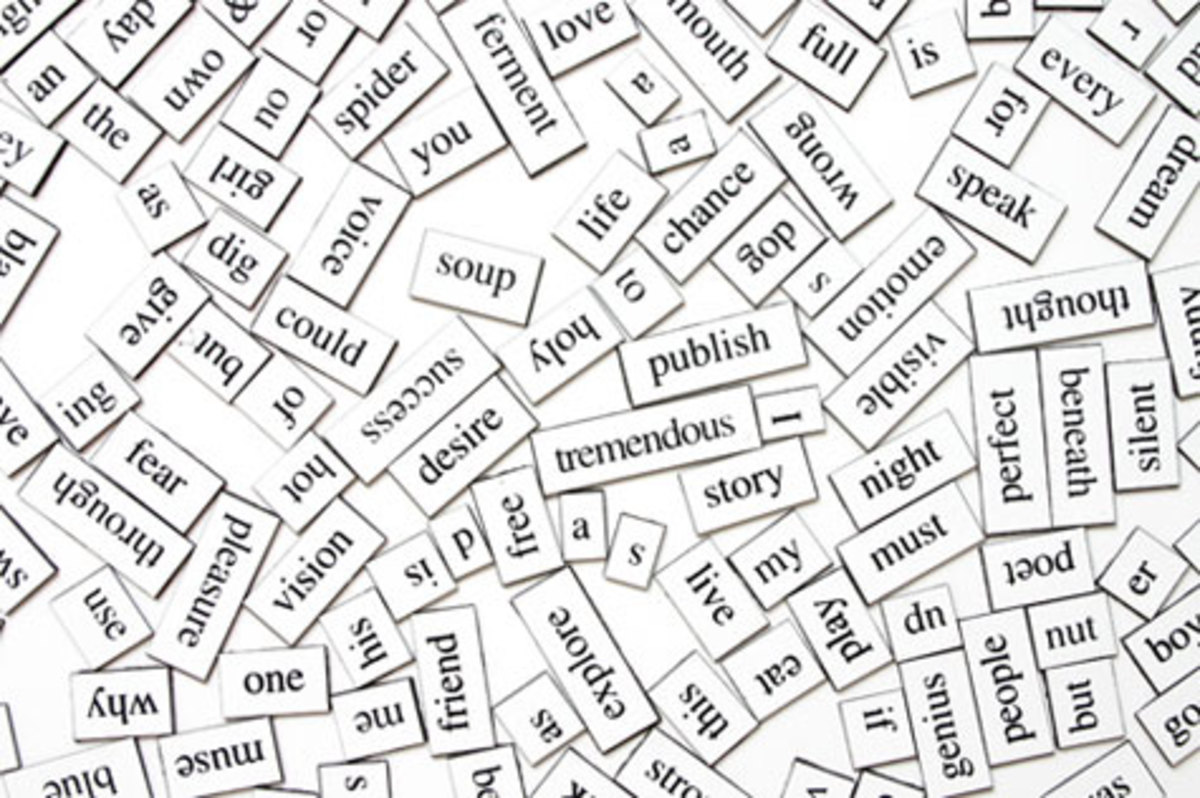
Today's Vocabulary
Today's vocabulary will consist of a hodgepodge of words that may or not be useful to you in this lesson. Today's lesson will focus on Reflexive Verbs. You will have regular verbs as well as reflexive verbs in your vocabulary list from now on.Take a look at today's vocabulary and partake in the warm up!
After today's vocabulary list and the warm-up, take a glance at the chart below. It will be your new set of conjugation notes for Reflexive Verbs. It will specifically show how to conjugate based off the subject.
Verbs
To Sing: Cantar
To Characterize: Caracterizar
To Load/To Burden/To Charge (a battery): Cargar
To Celebrate/To Praise: Celebrar
To Have Supper/To Dine: Cenar
To Brush: Cepillar
To Close: Cerrar
Reflexive Verbs
To Abstain: Absternerse
To Be Bored/To Grow Weary/To Grow Tired: Aburrirse
To Approach/To Draw Near: Acercarse
To Remember/To Agree: Acordarse
To Go To Bed/To Lie Down: Acostarse
To Go Forward/ To Take The Lead: Adelantarse
To Shave Oneself: Afeitarse
Nouns
Coat: El Abrigo
Jacket: La Chaqueta
Scarf: La bufanda
Mittens: Los Mitónes
Gloves: Los Guantes
Cap: La Gorra
Earmuffs: La Orejera
Adjectives
Foggy: Nebuloso
Misty: Neblinoso
Dewy: Rociado
Muggy: Pesado
Humid: Húmedo
Note: Take note that all Reflexive Verbs end in "se". That is an indicator that the verb is Reflexive.
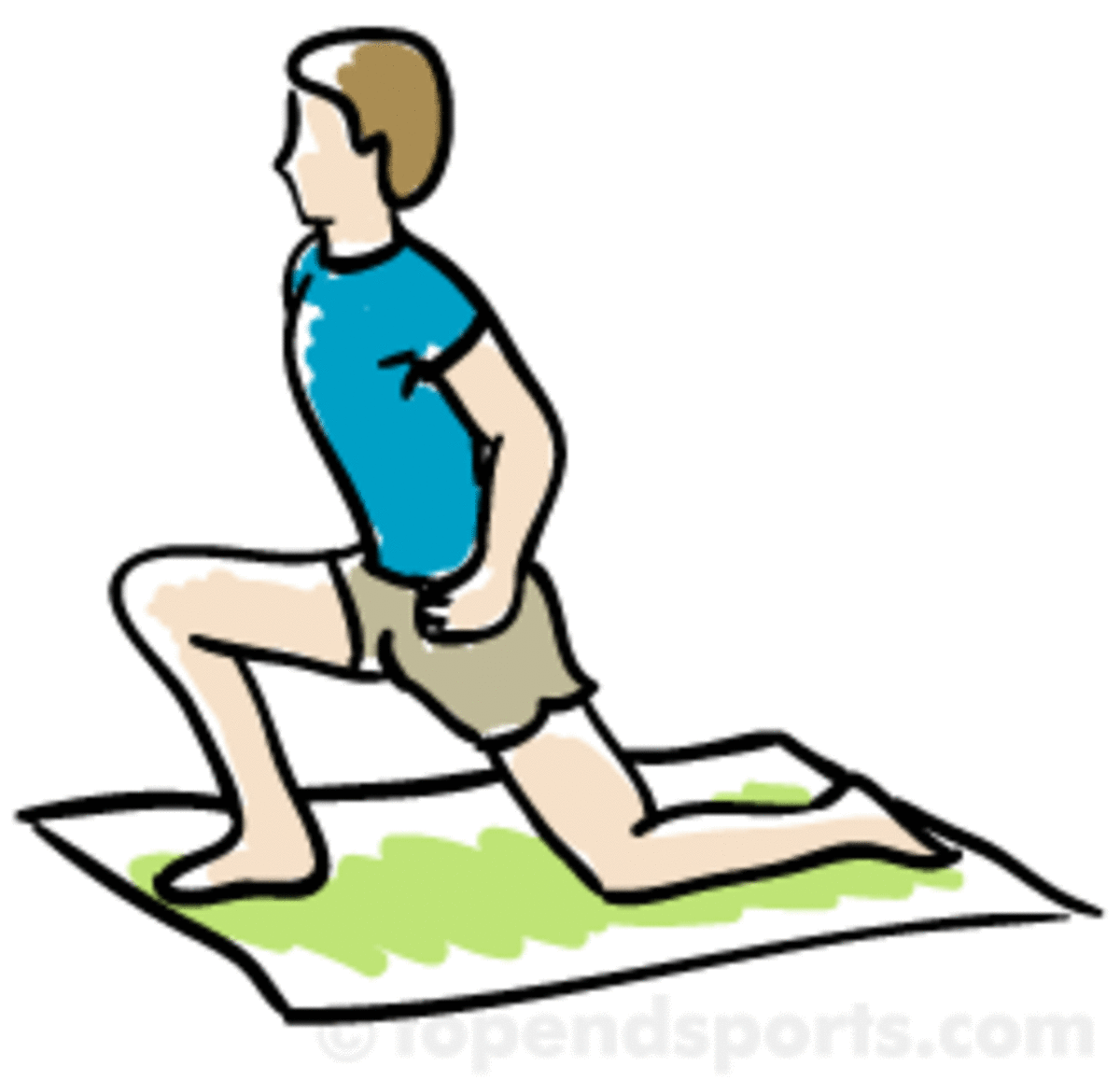
Warm-Up
Take a look at the following chart. Use it to conjugate the Reflexive Verbs from your vocabulary list.
Also consider other ways to incorporate Spanish into your daily lives. Take a moment to review some previous lessons or read up on some articles. The Spanish language is a living language, so it's not going anywhere anytime soon. If you need any help, shoot me an email. I'll be happy to help you.
How To Conjugate Reflexive Verbs
Subject
| Reflexive Pronoun
|
|---|---|
Yo
| Me
|
Tú
| Te
|
Él/Ella/Usted
| Se
|
Nosotros
| Nos
|
Ellos/Ellas/Ustedes
| Se
|
What Are Reflexive Verbs?
Reflexive Verbs are a different type of verb that many people can find a bit complicated. Though honestly, the explanation of such a thing is pretty simple. The term Reflexive means that the verbs reflects the subject AND the object. Imagine saying that "I wash myself". The verb "Lavarse" means to "to wash oneself". It is reflexive in the aspect that the subject and the object are exactly the same.
When that is not the case, the verb is a normal verb. Reflexive Verbs have a set rule that should be followed when conjugated, but that comes a bit after this explanation. Take note that the EVERY reflexive verb will end in -se as a clear indicator that the verb is reflexive in meaning. Let's take a look at how to conjugate such a verb.
How To Conjugate Reflexive Verbs
Conjugating a Reflexive verb is actually pretty simple. Remember that -se at the end of the verb? Remove it when conjugating the verb and then replace it before the normal conjugation for that verb. It might not be -se in the end of it all. It might be Me, Te, or Nos to indicate the verb reflects "Yo", "Tú", or "Nosotros". Remember that Se is the Reflexive Pronoun that indicates that the subject AND and Object refers to "Él/Ella/Usted" or "Ellos/Ellas/Ustedes". Still confused? Okay... how about we conjugate a verb in every tense to help you understand. Let's use the verb Lavarse.
Now Lavar is the regular verb meaning "to wash", but Lavarse is the Reflexive Verb meaning "to wash oneself." These two verbs are the same in the aspect as they both are regular -Ar verbs and will have the same endings in each of the fourteen tenses. The only difference is that preceding the newly conjugated verb will be the Reflexive Pronoun. Take a look.
Lavar- Regular Verb
Yo Lavo. I Wash.
Tú Lavas. You Wash.
Él/Ella/Usted Lava. He/She/You (Formal) Wash.
Nosotos Lavamos. We Wash.
Ellos/Ellas/Ustedes Lavan. They (Masculine)/They (Feminine)/ You All (Formal) Wash.
Lavarse- Reflexive Verb
Yo Me Lavo. I Wash (Myself).
Él/Ella/Usted Se Lava. He/She/You (Formal) Wash (Himself/Herself/Yourself).
Nosotros Nos Lavamos. We Wash (Ourselves).
Ellos/Ellas/Ustedes Se Lavan. They (Masculine)/They (Feminine)/You All (Formal) Wash (Themselves/Yourselves)/
Other Notes
Okay. Did that help a little bit? Well if it didn't just remember these key things that will help you remember what the heck is going on. Here are some simple notes to remember exactly how to conjugate Reflexive Verbs.
- Don't forget the Reflexive Pronouns that precede the newly conjugated verb. Me, Te, Se, Nos, Se. These MUST precede the newly conjugated verb.
- The conjugated verb is conjugated like normal or like it has to be in the particular tense you're using.
- Remove the -se at the end of the verb when conjugated. Imagine that it's redistributed to precede the verb in the form of a new Reflexive Pronoun.
- Remember that Reflexive Verbs are reflexive when the Subject AND Object of the sentence are the same. You and Yourself, She and Herself, Them and Themselves, We and Ourselves. That is the only case.
New Info!!
Hey!... so here's something I've waited until now to introduce. Remember back when we talked about D.O.P.s (Direct Object Pronouns). If you remember it was sorta like this.
Quiero lo ver. I want to see it. I told you the rule was that the D.O.P. is placed directly before the conjugated verb. Would like to know a different way of doing things? How about this.
Quiero Verlo. I want to see it. It looks different right? Well instead of placing the (it) before the verb, you can attach the D.O.P. to the verb. It's not a conjugation, just an addition. If you add, Te, la, las, los, nos, or me you can change it to Verme (to see me), Verte (to see you), Verlos (to see them), or Vernos (to see us).
Also remember I.O.Ps (Indirect Object Pronouns)? If you remember those it was sorta like this.
Me quiero ver. I want to see myself. That Me is set in front of the conjugated verb. If the verbs was conjugated a different way, a D.O.P. could be added like:
Me lo quieres ver. You want me to see it.
Well the whole reason I'm reiterating this is to let you know that the Reflexive Pronoun can also be moved to your liking. I mean look at this sentence.
Me quiero ver. I want to see myself. You can definitely move that Me and place it attach to to ver, making it reflexive. The Subject and Object are the same right? I and Myself. It's the same. So it comes out like this.
Quiero verme. I want to see myself. To continue to do this, attach the Reflexive Pronoun to the unconjugated verb. Check out the links below for more info.

Homework
Your homework for today is to view two videos based off of Lesson Twenty-Three. Take a look at them! Senorbelles is my favorite Spanish teacher online and he has a great deal of clarity when discussing a certain topic. Listen closely to his tips.
Also in the coming lessons we'll be discussing a great deal more about grammar and visiting other themed topics in Spanish. Stick around for that. :) Here are some lessons that will be coming soon:
- Family and Relationships
- What Do You Want To Be When You Grow Up?
- Here, There, and Everywhere
- What Kind of Person Are You?
Next week we will discuss The Imperfect You Gotta Check it out!
Links Used As References
- Spanish Reflexive Verbs
Spanish grammar discussion: reflexive verbs. - Reflexive Verbs: Part Two
Spanish grammar. Discussion: reflexive verbs part two. - Reflexive verbs and pronouns



